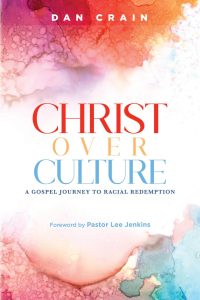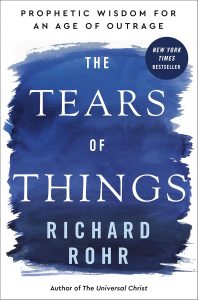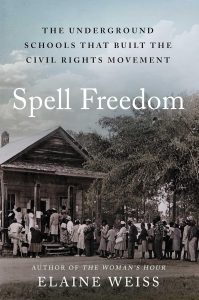 Takeaway: I forgot how much I enjoyed the Scalzi/Wheaton author/narrator combo.
Takeaway: I forgot how much I enjoyed the Scalzi/Wheaton author/narrator combo.
I first read John Scalzi because of Old Man’s War, a book that reimagined Robert Heinlein’s book Starship Troopers. That was a pretty standard sci-fi book that started a series that kept the main sci-fi conventions in place. It uses war and violence to critique war and violence. (Starship Troopers was originally published in 1959, after the Korean War and at the start of US involvement in Vietnam.) Heinlein is known now for his sexism and his embrace of eugenics and his rejection of traditional sexual morality in his books, so I have a hard time recommending Heinlein, even though I read a ton of him as a teen. But I do recommend Scalzi because he has learned from the classic scifi tropes and plays with them, but spins them on their head.
This is evident in Scalzi’s rewriting of H. Beam Piper novel Little Fuzzy. When that Scalzi’s Fuzzy Nation came out, the audiobook of Little Fuzzy was included with the purchase of Fuzzy Nation so that the reader could understand the book that Scalzi was reinterpreting. The longer I have read Scalzi, the more I appreciate the role of humor in his writing. It is not that I don’t like the traditional serious scifi like Old Man’s War series, but I think the humor is what draws me back to him. Scalzi’s first book was Agent to the Stars, a book about a Hollywood agent that is hired by aliens to coordinate the revelation of their species to humans. The premise was great and it was a good example of Scalzi taking his one central idea and allowing it to be the center of a book. In the case of Agent to the Stars, the aliens only communicate through smell and humans find the smells repulsive. But the aliens realize that they need a PR person to help them win over humans and what better PR person could be found than a Hollywood agent.








